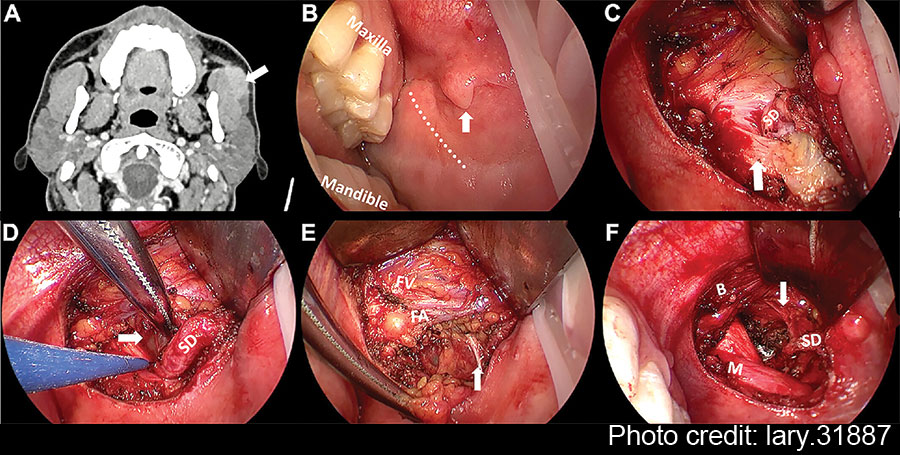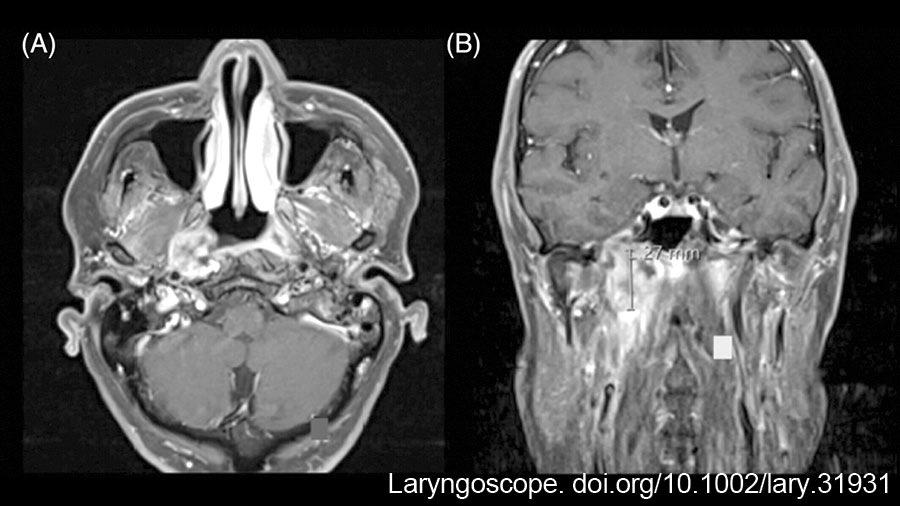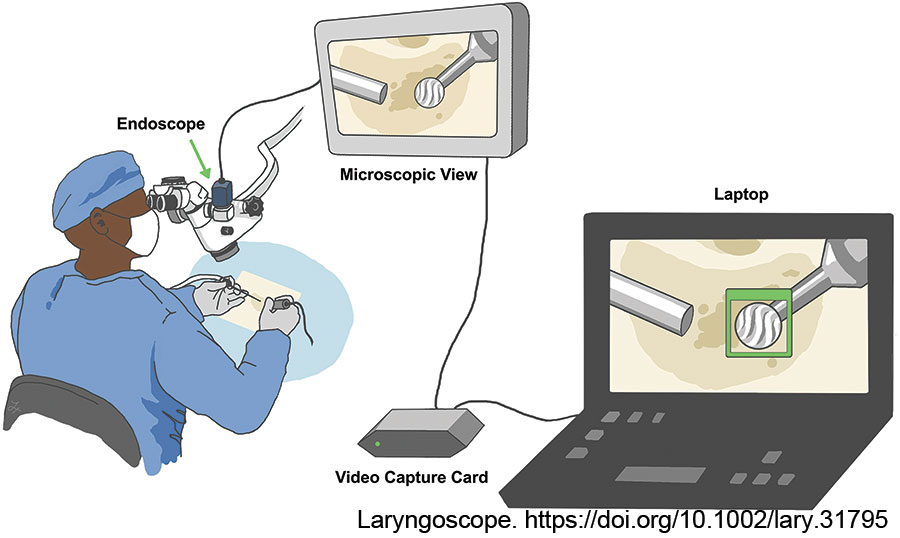
The Best Site for Pediatric TT Placement: OR or Office?
In recent years, several innovative ENT physicians have been on the forefront of moving tympanostomy tube insertion for children out of the operating room and into the office setting.

In recent years, several innovative ENT physicians have been on the forefront of moving tympanostomy tube insertion for children out of the operating room and into the office setting.

Medical students and residents are embracing new technologies to help them study. This shift is driven by advances in artificial intelligence (AI), educational platforms, and other digital tools, along with demands for more flexible and personalized learning.

In this article, we entertained the question of whether our trainees should be required to use extended reality (XR) technologies to achieve a certain level of proficiency before engaging with hands-on surgical experiences.

Healthcare, like many other fields, saw the “Great Resignation” in the 2021 post-COVID-19 era and then shifted in 2023 to what Gallup calls the “Great Detachment,” describing the phenomenon of employees staying in their jobs despite record low job satisfaction because of a cooling job market and inflation.
Subject to further study, the patient-reported outcome measure (PROM) MenQOL may be used to assess the effects of treatment on disease-specific quality of life in patients with MD
The 3D U-Net model was shown to be superior in performance to the 2D model in analyzing EH volume ratio, and the 3D model with data pairing performed better than the model without data pairing.
This consensus statement highlights the importance of consultative discussions with patients with RRP and their caregivers regarding bevacizumab as a possible nonsurgical treatment and outlines numerous specific considerations concerning systemic administration of the drug.
Findings indicate that vestibular disorders can result in impairments across various aspects of cognitive functioning, particularly in visuospatial cognition.
AAV-based gene therapy represents a promising therapeutic approach for hereditary deafness.
Pediatric patients with DTC who are younger than 11 years at diagnosis have more aggressive disease features and a lower early remission rate than older patients, although their long-term outcome is satisfactory.

This article aimed to present the authors’ experiences with endoscopic-assisted transoral resection of APG tumor and to describe the surgical procedure involved.

Endoscopic nasopharyngectomy in the context of recurrent nasopharyngeal carcinoma may require reconstruction with strongly vascularized flaps. This is fundamental to address the volumetric deficit and prevent complications such as carotid blowout syndrome. The submental island flap is well suited for this purpose.

In this work, the authors present a computer vision model for automatic otologic drill motion analysis during mastoidectomy and detail how to implement a computer vision model for real-time use.

Evidence suggests that post-operative nasal stents are beneficial if used for three to six months by a hypothesized mechanism of hindering the contraction and regression of the surgically repositioned lower lateral cartilages.

Epistaxis is a common emergency department (ED) presentation. Many cases are self-limited, but other cases may require an intervention to stop bleeding. Methods to manage epistaxis include nasal compression, topical vasoconstrictors, cautery, nasal packing, and even surgical ligation in severe cases.

Correctly identifying the origin or cause of VPI is critical to successful treatment. Surgeons share their thoughts on treating velopharyngeal insufficiency with injectables.